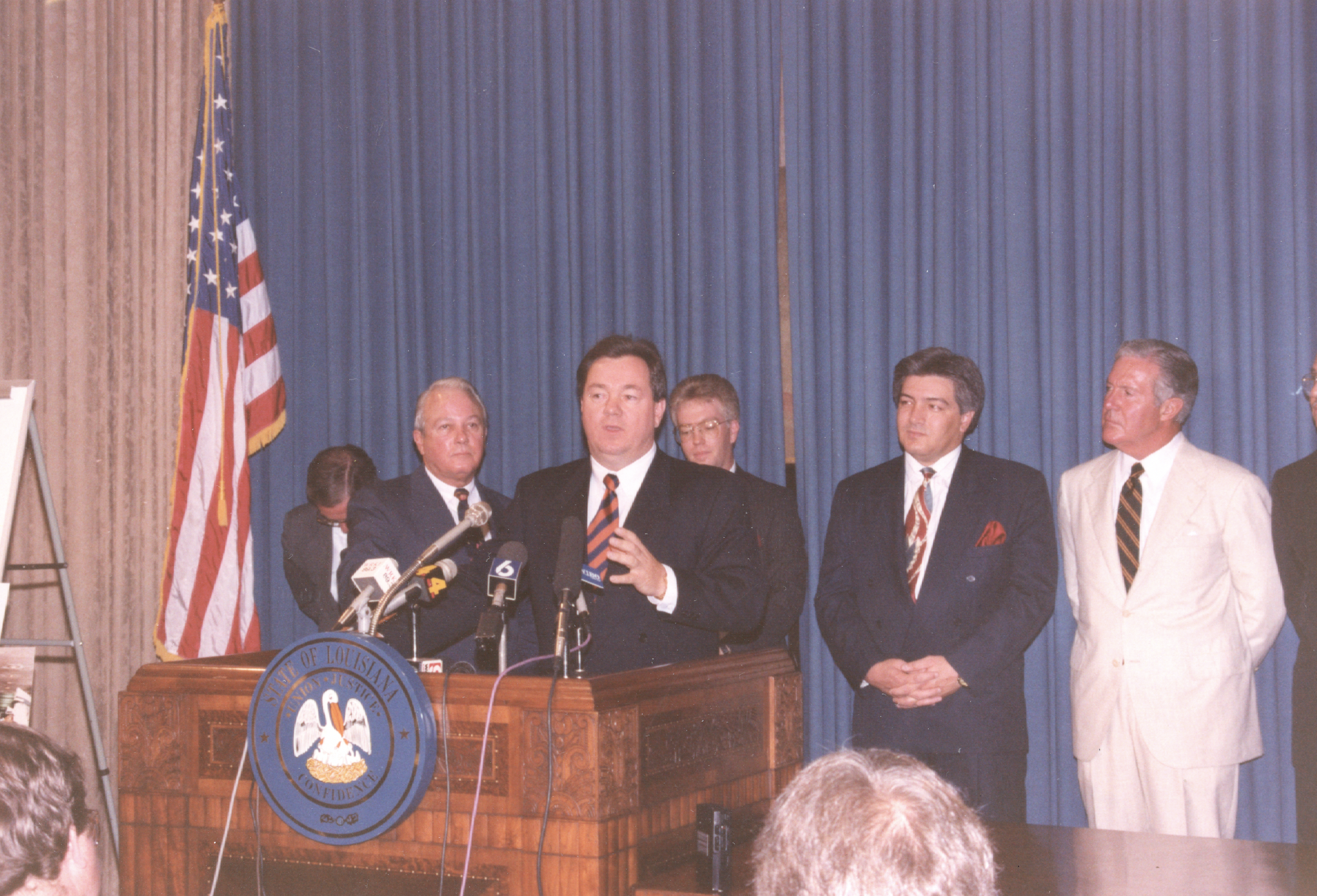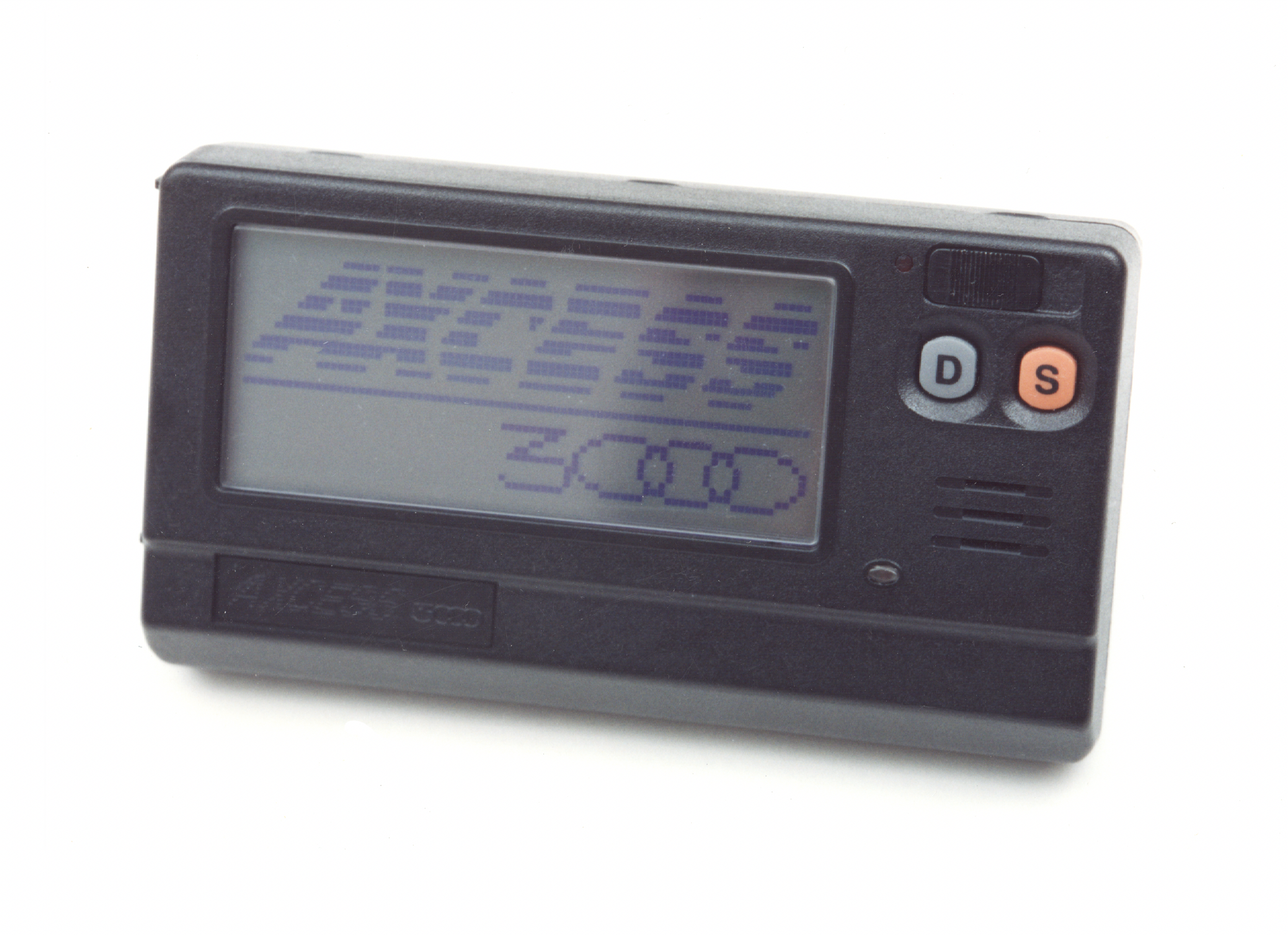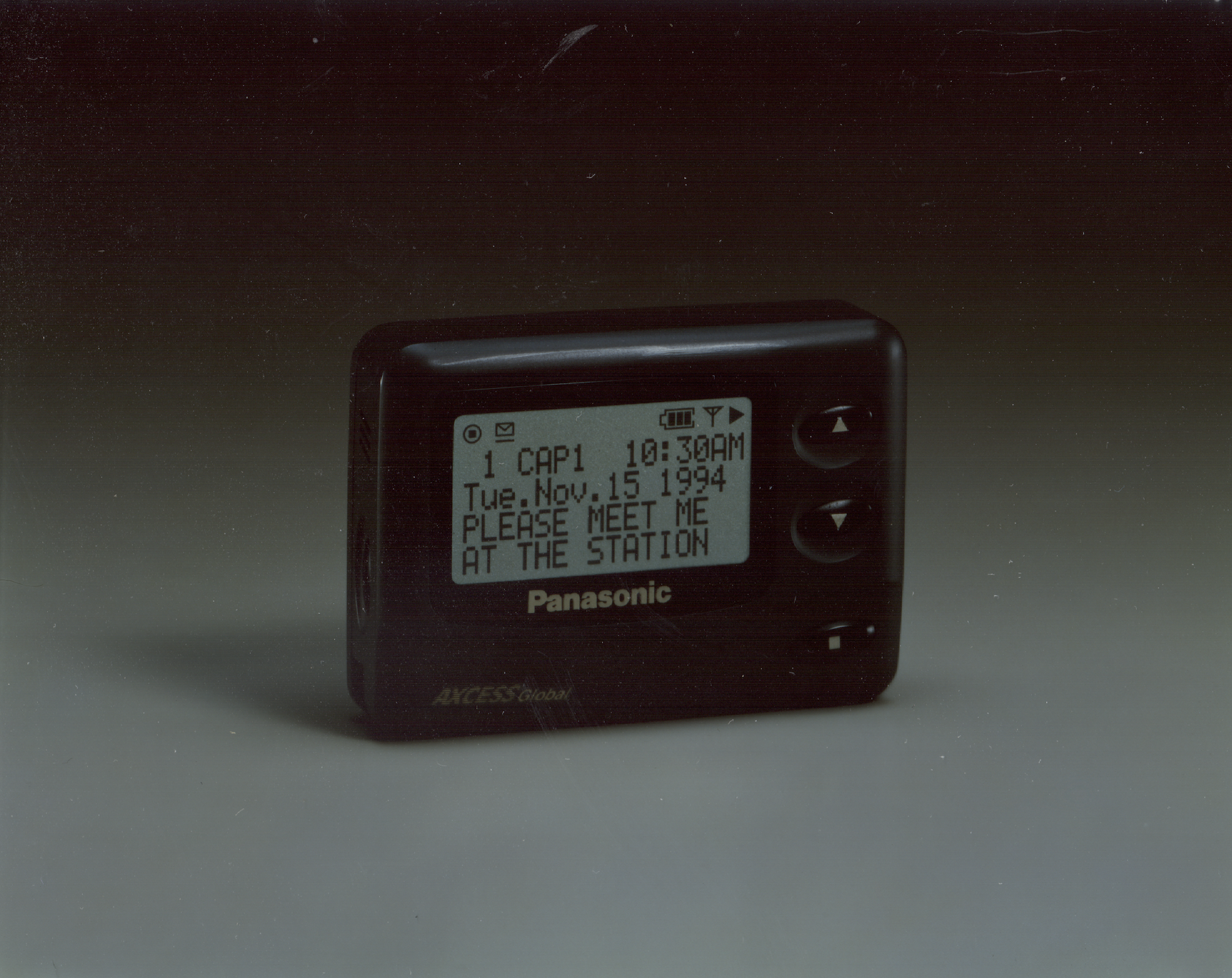Our Story
1985-Present
In 1985, as founder of a major oilfield transport company (American Transport), Robert Adams became involved with a technology called numeric MBS protocol (predecessor to RDS/RBDS) after recognizing the need to communicate seamlessly and immediately with his fleet of 400+ 18-wheelers. Experimenting with and researching various wireless techonologies, Robert discovered a strategy to market a revolutionary product in an emerging market effectively wedging his way into the wireless monopoly held by Motorola. He played a very important role lobbying to have RBDS become an approved and accepted standard in the United States. In 1993, the Radio Broadcast Data System (RBDS) standard was introduced as a means of using the subcarrier to broadcast specific information that permits a receiver to tune stations, find a signal, lock on to that signal, and receive wireless messages, media, and entertainment content years before pocketable cellular phones.
Since 1993, other accomplishments include: working for RDS/RBDS approval in the U.S (1993), manufacturing the only RBDS FM data receiver in the U.S., installation and testing of the FM system in over 20 foreign markets, installation of an 11-State system on the Pacific Coast of the US, and negotiating and signing of the worlds first exclusive arrangement between an equipment manufacturer and a wireless communications carrier.
Today, the original idea for a wireless paging system has matured into an advanced, FEMA validated, life-saving platform utilizing existing FM broadcast infrastructure, advanced software, and innovative mobile applications to provide emergency messages created by federal, state, and local authorities.







